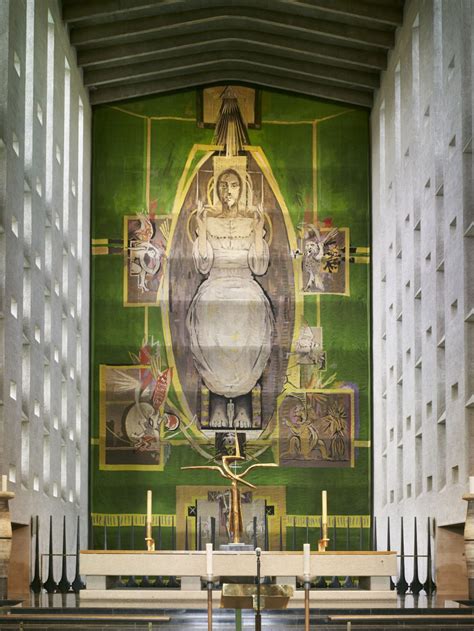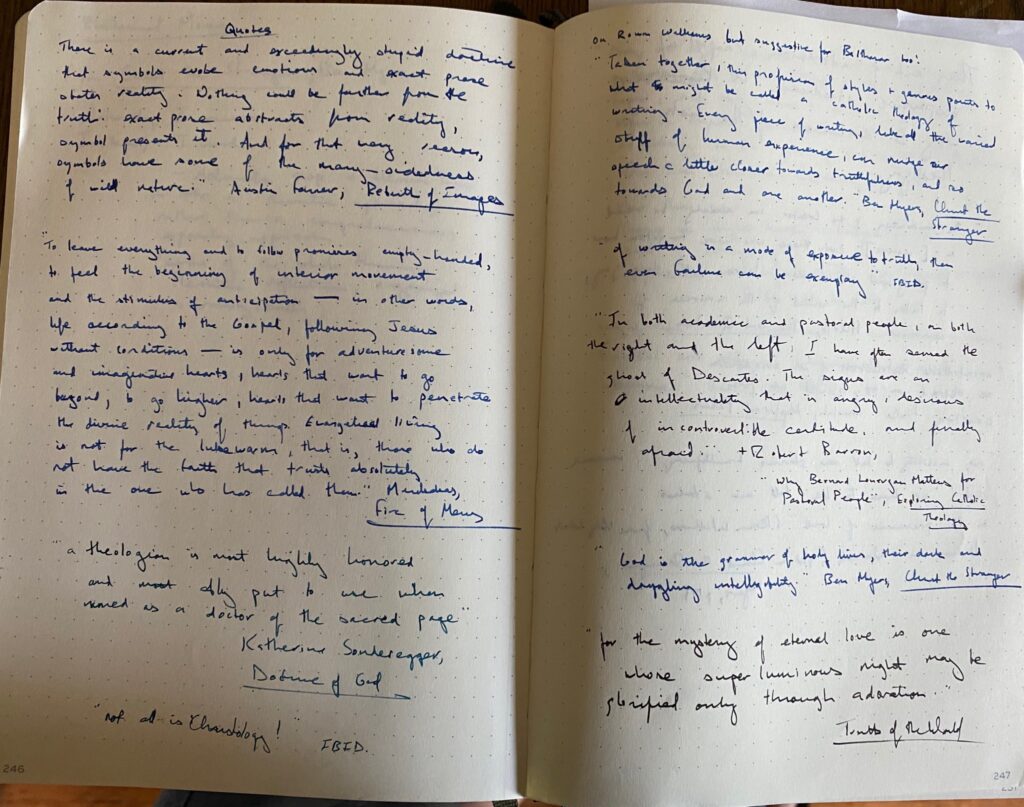Sometimes I take up specific books for the seasons of Advent and Lent, but this past year I was still editing, finalizing, and defending my dissertation during those seasons. Instead, I took up a book for the season of Easter—Michael Ramsey’s The Resurrection of Christ. I chose this book for a few reasons. For one, I had recently read through Ramsey’s The Gospel and the Catholic Church, and I was so struck by his ecclesial vision, which makes much of the cross and resurrection, that this book felt like a natural, easter-themed sequel. For another, I’ve long been struck by Ramsey’s ability to weave together biblical reflection with theological depth, and for me, he is a model of the best that the Anglican tradition has to offer in terms of deeply orthodox, but also deeply learned, pastor-theologians.
Throughout The Resurrection of Christ, Ramsey insists on the fundamental connection between the Church and the Resurrection, so much so that you might call his approach an Easter Ecclesiology. But that phrase wouldn’t quite capture it because for Ramsey wherever there is Resurrection, there is also the Cross, indeed wherever there is the Cross there is also the whole sweep of the Passion from death and burial on through Resurrection and Ascension. As he puts it,
“So it is that the centre of Apostolic Christianity is Crucifixion-Resurrection; not Crucifixion alone nor Resurrection alone, nor even Crucifixion as the prelude and Resurrection as the finale, but the blending of the two in a way that is as real to the Gospel as it is defiant to the world…For Life-through-death is the principle of Jesus’ whole life; it is the inward essence of the life of the Christians; and it is the unveiling of the glory of the eternal God. So utterly new and foreign to the expectations of men was this doctrine, that it seems hard to doubt that only historical events could have created it.”
Because the Church is always Christ’s body both crucified and resurrected , our ecclesial vision must be at one and the same time that of Crucifixion-Resurrection, a vision which insists on the pilgrim status of the people of God, making our way to Zion with our crosses in tow, but which simultaneously insists that we have been raised with Christ and are even now seated with him in the heavenly places. A church that is only cruciform might suffer well, and this is no small thing, but it will have little vision of hope, it will have a difficult time despising the shame if it forgets the hope set before it. Similarly a Church that only sees the victory and makes no room for what Frederick Buechner calls the “magnificent defeat”, will live with a naive triumphalism and so will always either ignore or explain away or vilify suffering.
The Church as Christ’s body, rises or falls on living within and out of this tension–pilgrim people, elect exiles, who are even now seated in the heavenly places. How could it be otherwise, if we are truly Christ’s body? As Ramsey puts it, “For Life-through-death is the principle of Jesus’ whole life; it is the inward essence of the life of Christians; and it is the unveiling of the glory of the eternal God.”







